Community Ecology and Ecosystem Dynamics (6)
1/56
There's no tags or description
Looks like no tags are added yet.
Name | Mastery | Learn | Test | Matching | Spaced |
|---|
No study sessions yet.
57 Terms
Biological community
Assemblage of interacting species living close enough for potential interaction
Interspecific interactions
Relationships between different species in a community.

Interspecific competition
Species compete for the same limited resources.
Competitive exclusion principle
Two species cannot coexist competing for identical resources.
Ecological niche
Total resource use by a species.
Resource partitioning
Differentiation of niches to reduce competition.
Realized niche
Actual conditions where a species exists.
Fundamental niche
Potential conditions where a species can exist.
Predation
One species kills and consumes another.
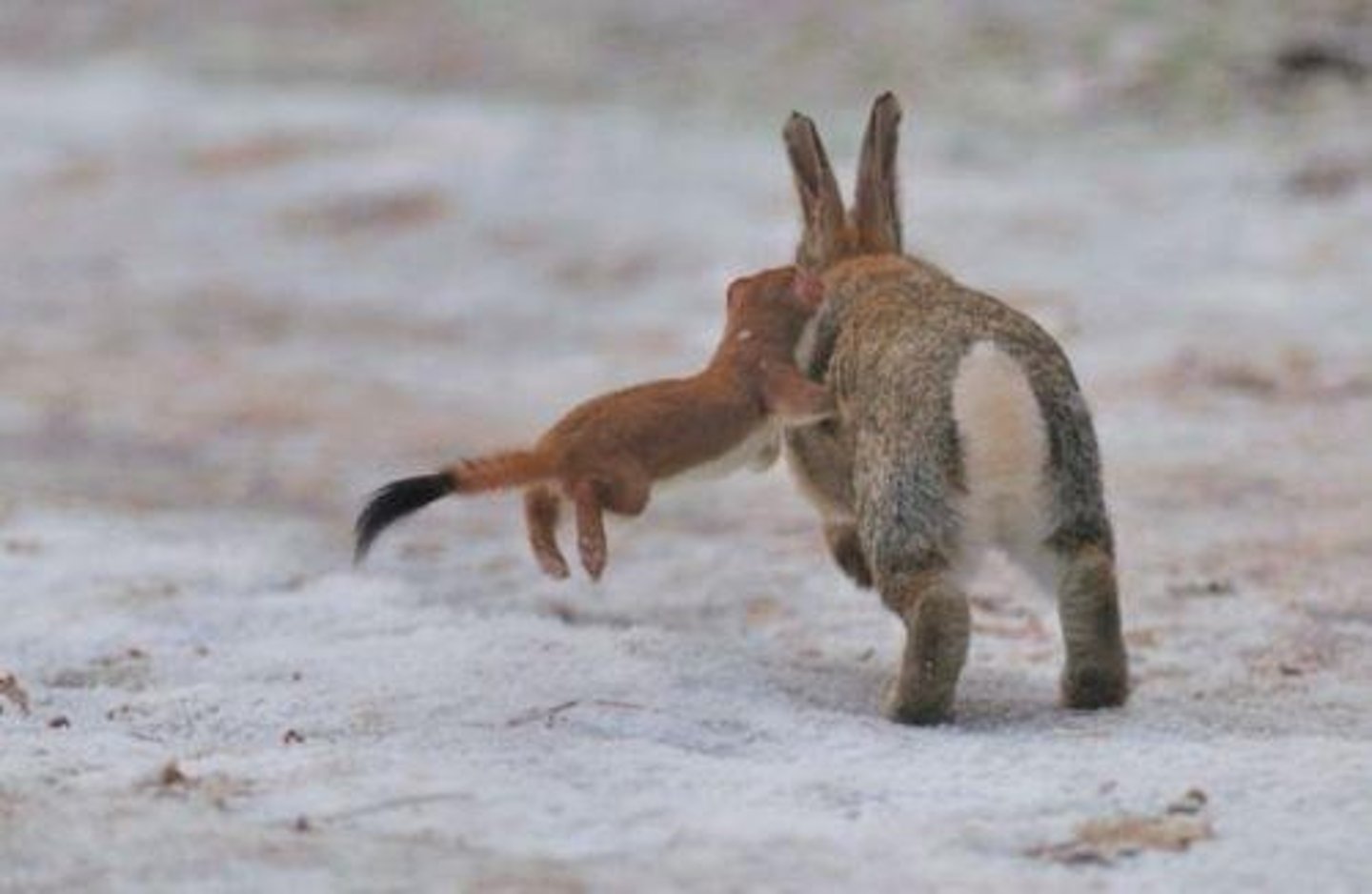
Cryptic coloration
Camouflage that conceals prey from predators.
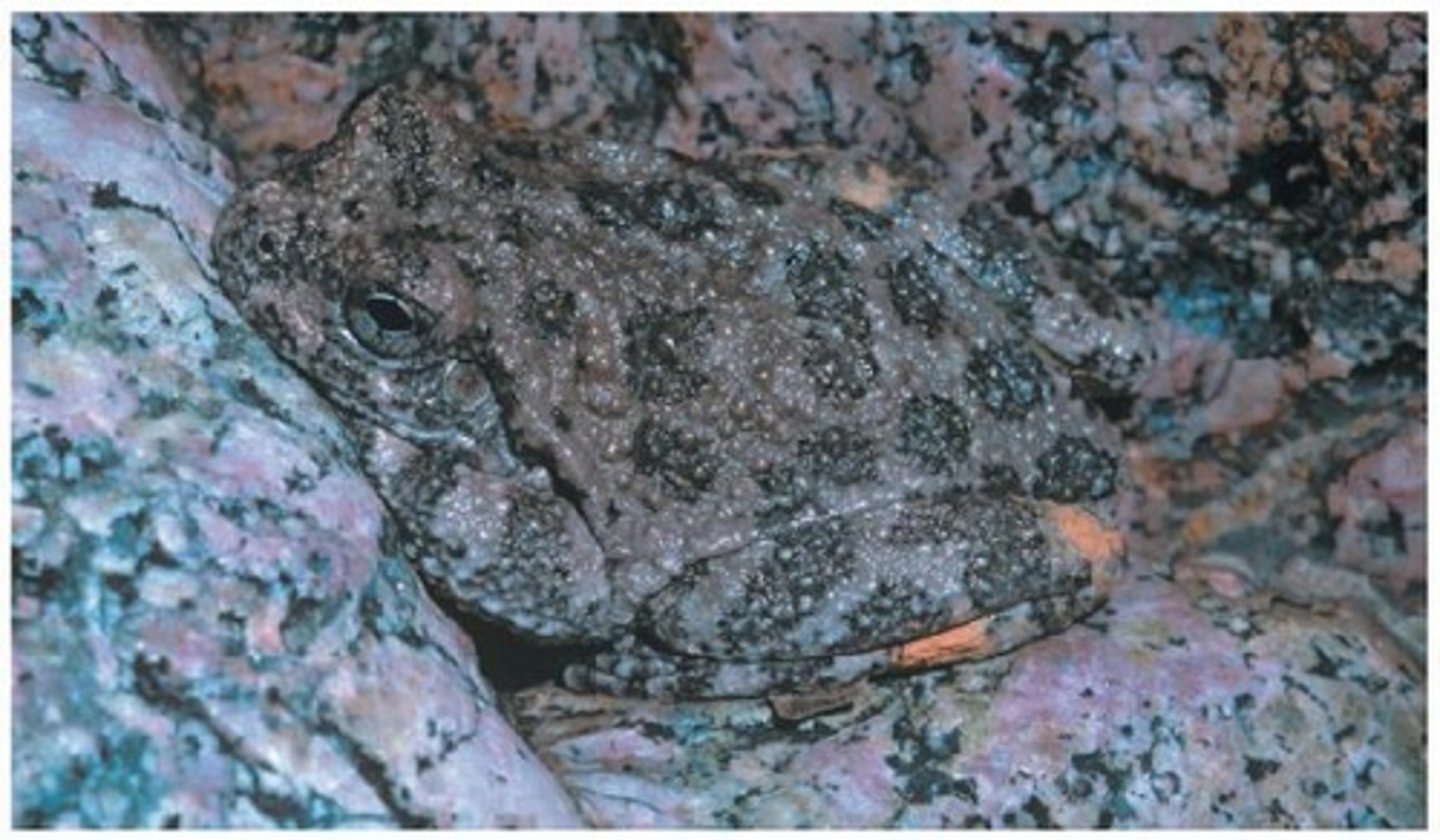
Aposematic coloration
Bright warning colors indicating toxicity.
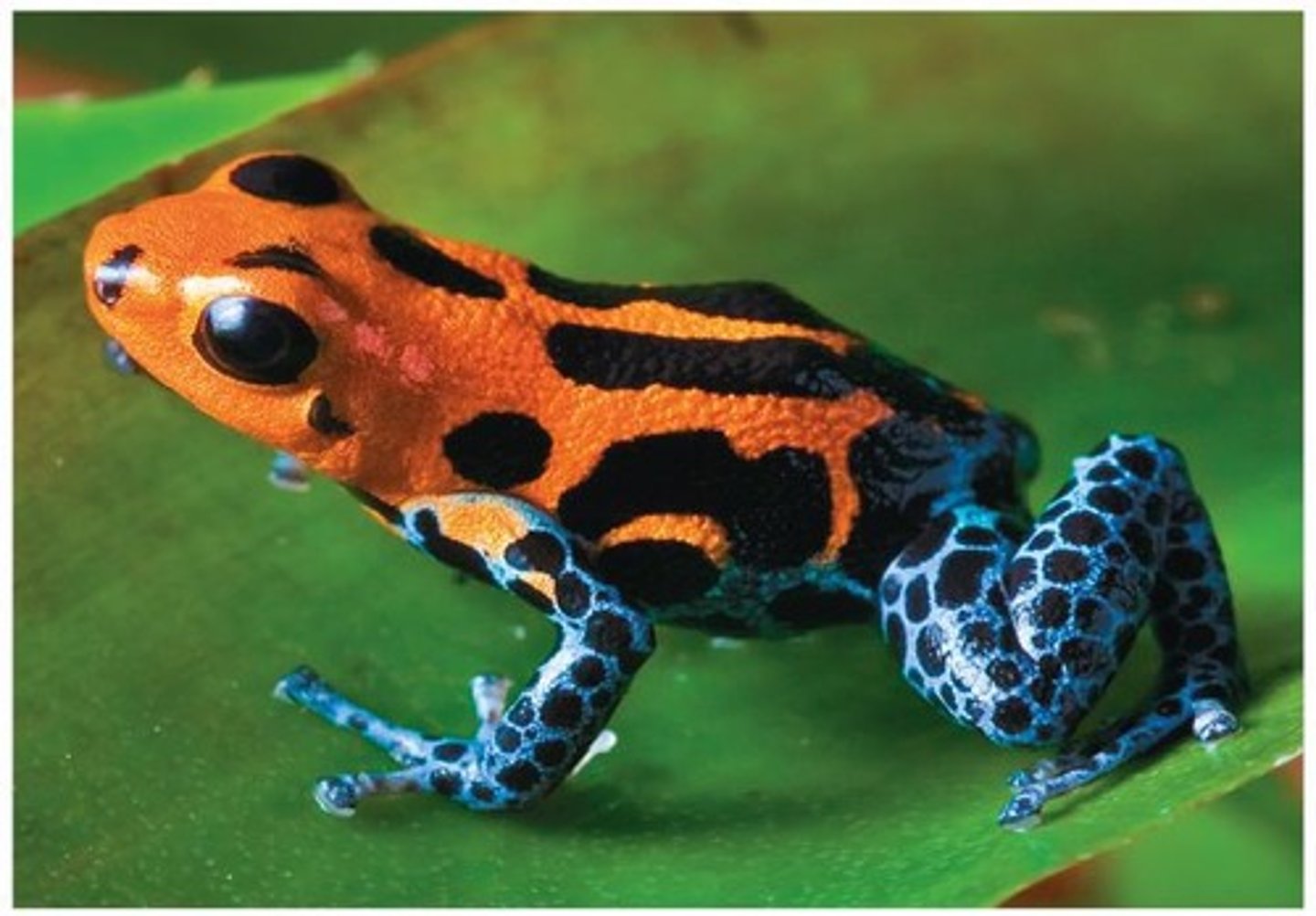
Batesian mimicry
Harmless species mimics harmful species appearance.
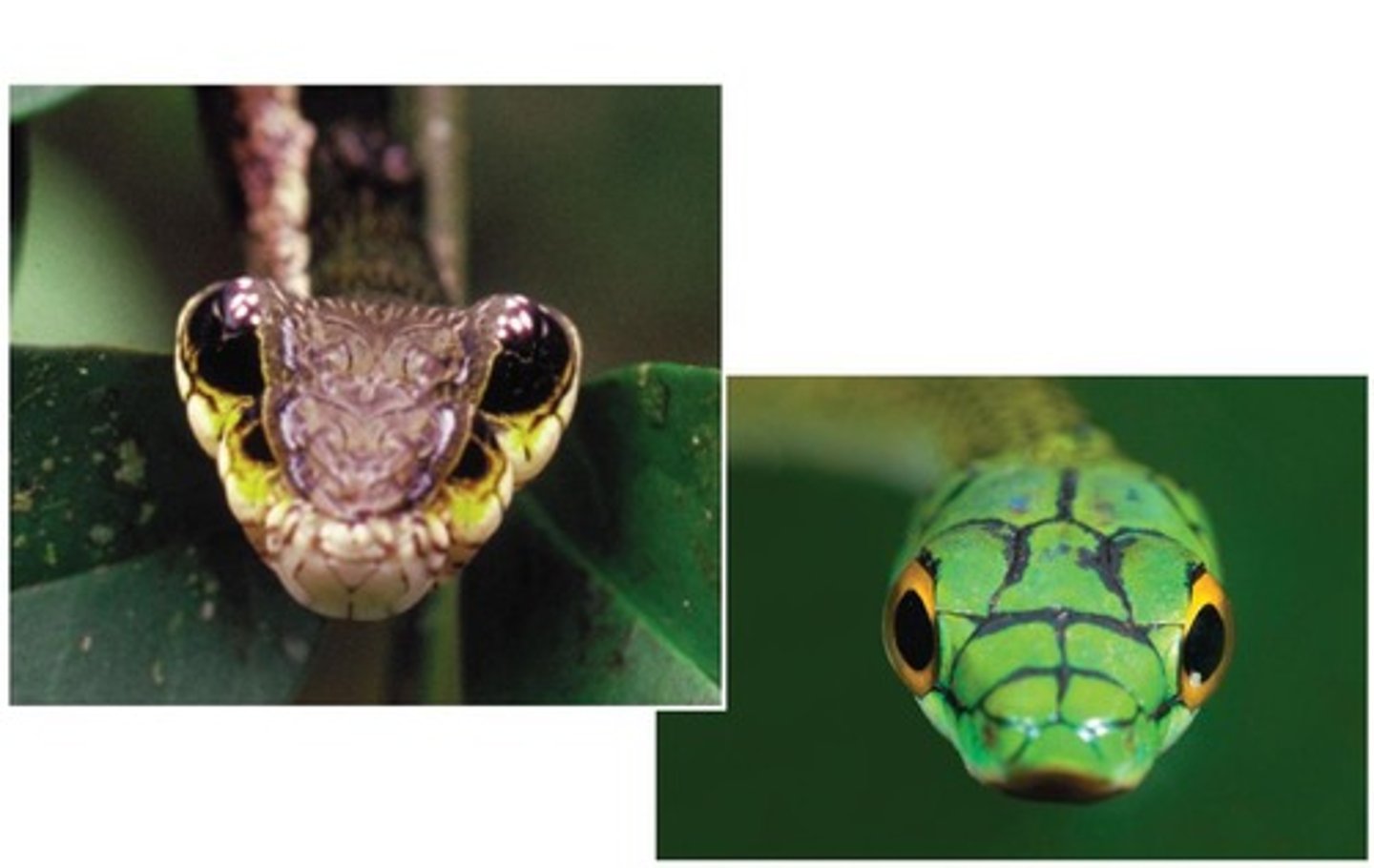
Müllerian mimicry
Unpalatable species resemble each other for protection.
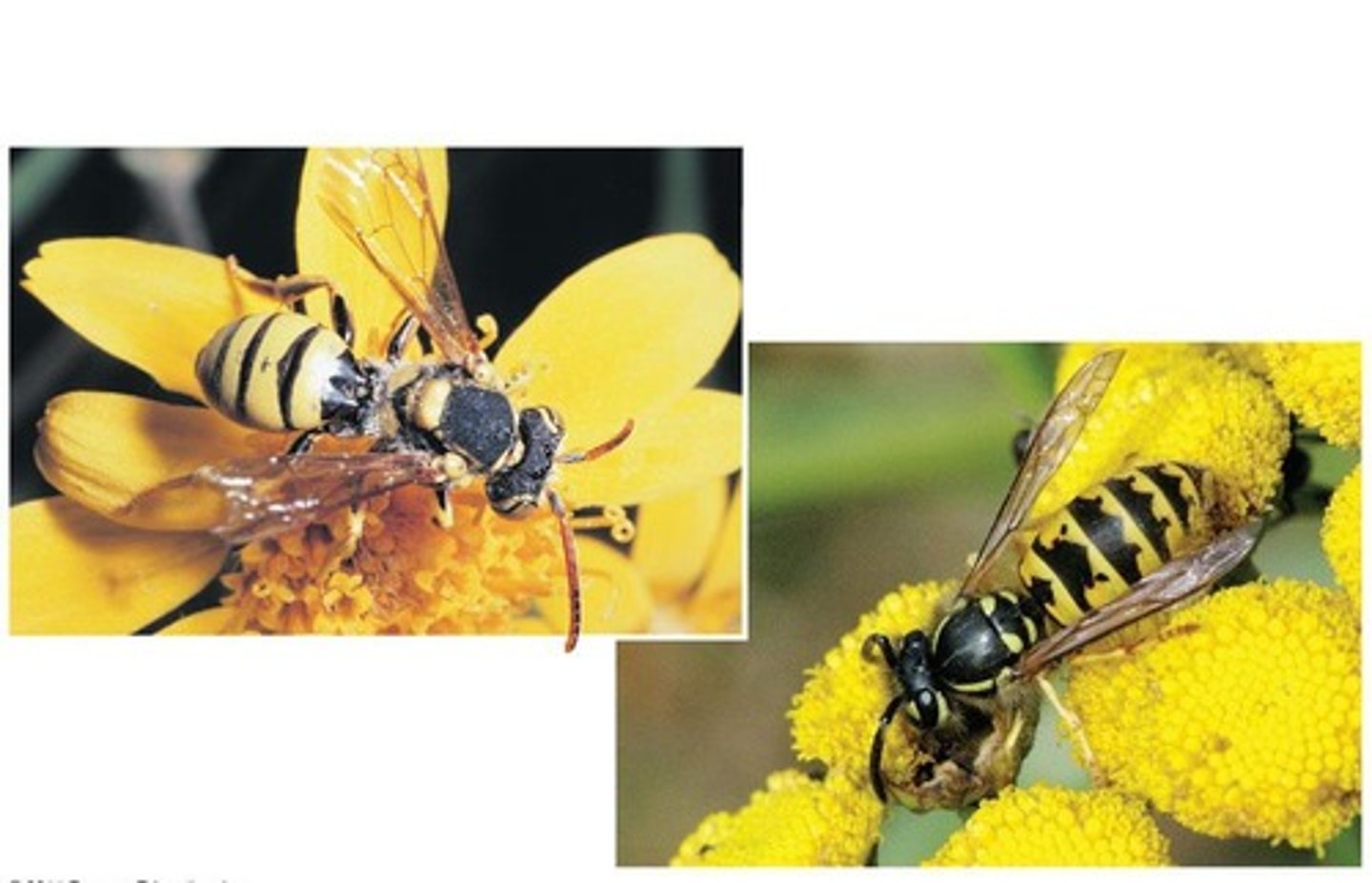
Symbiosis
Intimate relationships between two or more species.
Mutualism
Both species benefit from the interaction.
Obligate mutualism
One species cannot survive without the other.
Facultative mutualism
Both species can survive alone.
Commensalism
One species benefits, the other is unaffected.
Facilitation
One species positively affects another without direct and intimate contact.
Species diversity
Variety of organisms in a community.
Species richness
Number of different species in a community.
Relative abundance
Proportion of each species in the community.
Shannon diversity index
Quantitative measure of species diversity.
Trophic structure
Feeding relationships among organisms in a community.

Herbivore
Animal that primarily eats plants.
Ecosystem
Community of organisms and their abiotic environment.
Dynamic involves two main processes:
Energy dynamic and chemical cycling
Energy flow
Movement of energy through an ecosystem.
Chemical cycling
Recycling of nutrients within an ecosystem.
1st law of thermodynamics
Energy cannot be created or destroyed.
2nd law of thermodynamics
Systems tend towards greater disorder (entropy).
Law of conservation of mass
Matter cannot be created or destroyed.
Gross primary production (GPP)
Total chemical energy produced by photosynthesis.
Net primary production (NPP)
GPP minus energy used by producers for respiration.
NPP units
Measured as J/m²·yr or g/m²·yr.
Limiting nutrient
Nutrient required for increased production.
Eutrophication
Nutrient overload causing algae blooms and depletion of oxygen
Production efficiency
Fraction of energy stored in food.
Secondary production
Energy converted to new biomass over time.
Detritus
Organic matter from dead organisms.
Primary production
The creation of organic compounds by producers.
Ectotherms
Cold-blooded organisms with higher production efficiencies.
Endotherms
Warm-blooded organisms with lower production efficiencies.
Trophic efficiency
Percentage of energy transferred between trophic levels.
Trophic level
Position in a food chain or web.
Aquatic ecosystems
Ecosystems with higher energy transfer efficiency.
Biogeochemical cycles
Movement of elements through biological and geological processes.
Carbon, oxygen, sulfur, and nitrogen
Water Cycle
Evaporation by solar energy
Carbon cycle
carbon added to the atmosphere by the respiration of living organisms (CO2), then removed by photosynthesis
Nitrogen cycle
Is a limiting nutrient. ______ is converted between its various chemical forms, including nitrogen fixation, nitrification, assimilation, ammonification, and denitrification, allowing it to be reused by living organisms and the environment
Phosphorus cycle
_____ is a major constituent of nucleic acids, phospholipids, and ATP.
Gaseous elements
Elements like carbon and nitrogen cycling globally.
Reservoirs
Storage locations for nutrients in ecosystems.
Fossilization
Process of organic material turning into fossil fuels.
Photosynthesis
Process converting sunlight into chemical energy.
Decomposition
Breakdown of organic material into simpler substances.
Bioremediation
Use of organisms (bacteria, fungi, plants) to detoxify polluted ecosystems.
Biological augmentation
uses organisms to add essential materials to a degraded ecosystem